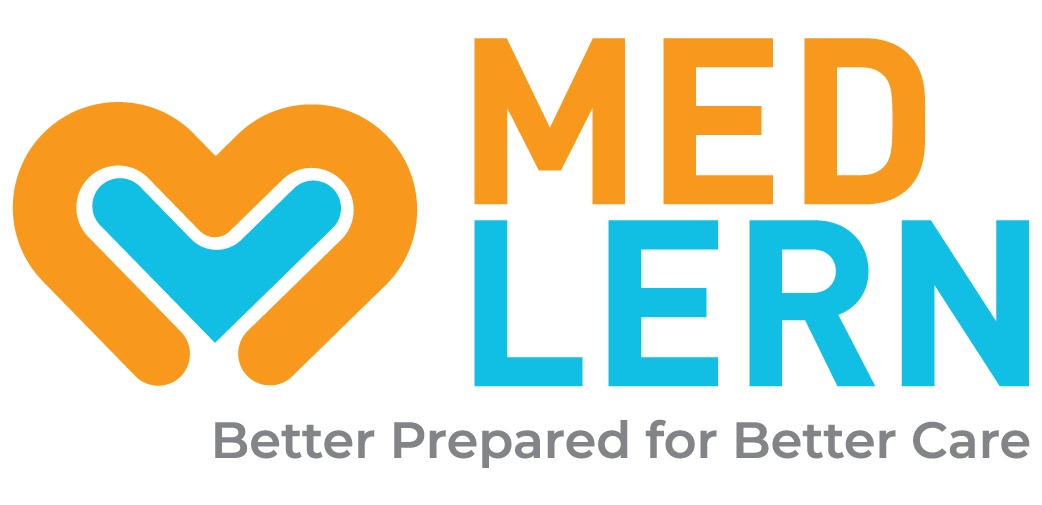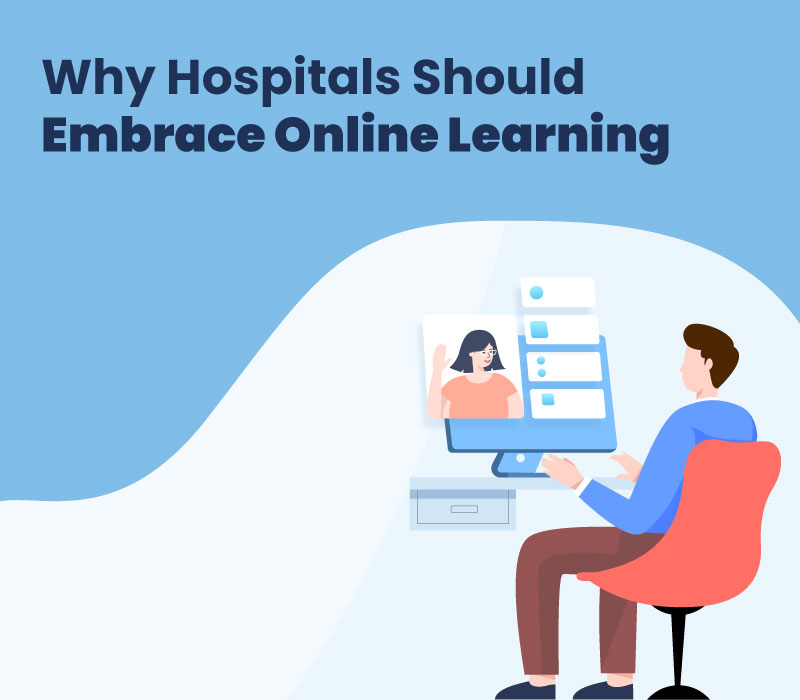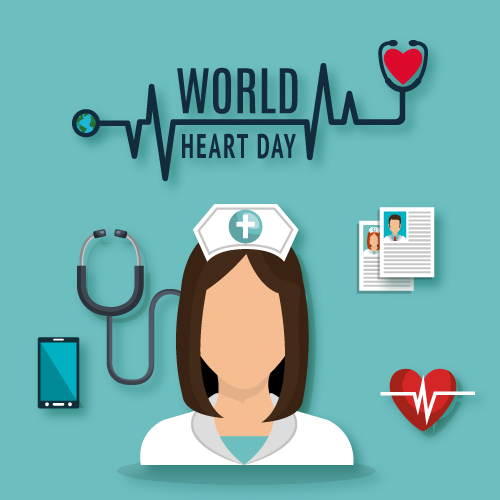More than any other industry, healthcare is being disrupted by advances in digital technologies at a faster pace. Healthcare is one area where information technology and digital tools find some of the most appropriate applications. The magic touch of the fourth industrial revolution is making things possible in healthcare which were unimaginable a few decades ago, it is connecting information with machines and systems, and with people, helping them make sense of all the information
On one hand, we have a slew of gadgets used in diagnosis, monitoring, treatment and care, while on the other side things like big data, artificial intelligence, Internet of things, machine learning, and digitally augmented staff training are revolutionizing the industry with great number of possible applications. The influence of technology in medical industry in the present and in the future is best summed up in the following words by Vas Narasimhan, CEO of Novartis, “We are on the verge of a digital revolution across every aspect of the healthcare sector, from the lab bench to the patient’s bedside,”
Patient Engagement via Digital Tools
Patient engagement is key to better healthcare outcomes. While hospitals compete to provide the best services and try to keep the hospital costs at control, at the same time, tech savvy consumers on the other end are giving a new shape to the healthcare service industry. Well informed consumers of today, accustomed to the customer-oriented services provided by industries like e-commerce and banking, seek the same kind of expanded offerings in healthcare as well.
- They seek best service providers with well-trained and courteous professionals
- They want transparent and reasonable pricing
- They can digitally self-service appointments, payments and medical purchases
- They want to be able to access their personal health data
- They want online or doorstep health services wherever possible
- They want their providers to educate them on all the aspects related to their health
- They expect remote care for reduced visits, guidance and constant observation
Digital presence is indispensable for hospitals and laboratories to remain competitive. Just like in retail, consumer experience, quality service and social approval are a necessity to win the trust of patients and their families.
Point-of-Care Technologies
Point-of-Care Technologies is a set of technologies used at patient location. Point-of-care technologies add to the effectiveness and efficiency in healthcare delivery, leading to improve healthcare outcomes. Blood glucose monitors, urine dipsticks, pregnancy tests, rapid strep tests, rapid HIV tests, hemoglobin level tests are common examples of PoCT.
PoC devices provide critical information to clinicians assisting in the management of patient care. Point-of-care technology enables diagnosis at home, in the hospital, in an ambulance, or in the field, it effectively delivers high quality of life care at the patient’s bedside, or in the corner of a consulting room, doing away with procedures that require an entire laboratory and long hours to arrive at a proper diagnosis. PoCT use minimal workflow processes, as the testing is performed at the bedside or in close proximity to the location of patient care.
Digital Therapeutics
Digital therapy utilizes digital or internet based tools to manage care, they add to the effectiveness of the ongoing treatment by managing patient behavior. Apps for managing medications are the most common examples of digital therapy, they help patients remember to take their medicine at the right time and in the right dosage, this is helpful for patients who are on a high pill burden and a complex routine. There are other kinds of digital therapies, apps which help cardiovascular patients improve their lifestyles, apps which can psychologically intervene anxiety, etc.
Enhanced Staff Training Through Digital Tools
Continual training and skill development of healthcare staff is as important as implementing various other strategies for better patient outcomes, it should be a top priority for any organization that wants to provide outstanding services. Training inculcates the most current knowledge in employees, and in addition it boosts employee morale and keeps them engaged, all of it leading to a better patient outcome. A comprehensive training strategy for hospitals should include easy access to learning resources, assessments and validations, and personalized and interactive learning.
Digital tools can be vital for healthcare learning and training, with advanced online learning platforms like iPC Health, everybody learns at their own pace and convenience. It also provides other advantages like time and cost effectiveness, anytime anywhere access, interactive content and other automation features.
- Courses can be made interactive for enhanced learning outcomes
- Convenience of anywhere, anytime, and any device access
- Automation reduces time and effort in administration, evaluation and reporting
- Periodic performance reports can be generated and stored for future reference
- Management and instructors have real-time access to progress of the employees
As it is evident that technology is transforming the healthcare industry and the way medical care is provided, organizations can’t afford to lag in the race for technology implementation. In the end what matters for hospitals is the patient outcome, and the best of it can only be achieved with the help of current technologies.




